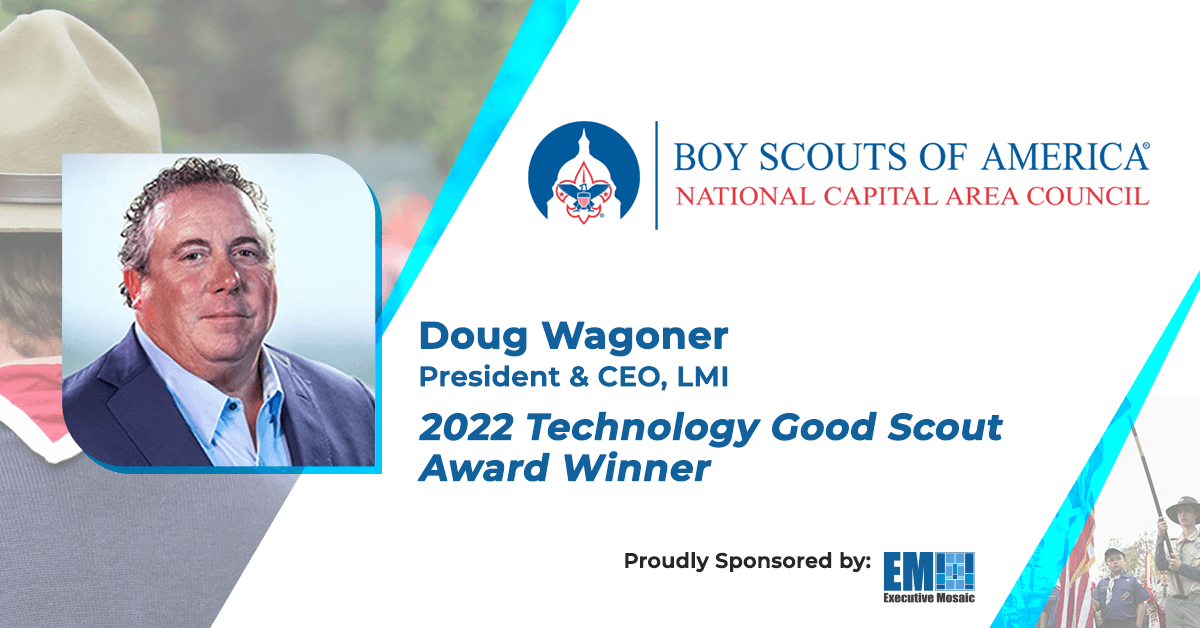A division of the U.S. Marine Corps has awarded defense contracting company ManTech a $115 million contract to conduct and advise on technical improvements for USMC intelligence systems.
Through the award, which comes as part of the Department of Defense Information Analysis Center’s Multiple Award Contract vehicle, ManTech will perform various research, analysis and engineering services, including the testing and creation of autonomous technologies, the Herndon, Virginia-headquartered company said Wednesday.
David Hathaway, executive vice president and general manager of the defense division at ManTech, said that the new contract is a continuation of an ongoing, productive relationship between the company and the USMC.
“This is an exciting opportunity to help shape the Corps’ future and contribute to its excellence in expeditionary intelligence,” Hathaway continued.
ManTech’s efforts under the contract are intended to produce tools that strengthen the USMC’s intelligence arsenal, modernize information networks and combat cyber threats. These technologies will ideally gather, examine, exercise and send out time-sensitive intelligence that is geared to power the direction and tough choices of a wide range of missions.
The company’s team will realize these technologies by evaluating intelligence systems based on endurance and vulnerability and staging models and simulations to confirm their consistency, maintainability and interconnected functionality. In addition, ManTech is charged with leading research and development initiatives, establishing effective information management and sharing processes and participating in software, data and cybersecurity activities.
A further aspect of the DOD IAC award tasks ManTech with carrying out engineering and R&D analysis of USMC’s intelligence, surveillance and reconnaissance technology portfolio. The contract was offered by the Marine Corps Systems Command, Program Manager Intelligence Systems Program.
The award comes on the heels of a couple of U.S. Navy contracts presented to ManTech in recent months. In September, ManTech Advanced Systems won a $99.3 million contract to execute engineering and technical services for three naval aviation endeavors, while in August, ManTech landed a $184 million contract to help the Naval Sea Systems Command engineer its surface vessel integrated warfare systems.
Carlyle also wrapped up its acquisition of ManTech last month and earlier this week, it was announced Matt Tait will be its new CEO and president.







